In the last decade, Vizag has undergone a sea of change. And in that flurry of activity, many aspects that were unique to our city have quietly faded out. While some change is good, few come with a whiff of sorrow as they invariably mean that history has been replaced. Looking back with nostalgia at some of the things down the memory lane that were so distinctively reminiscent of Vizag.
Down the memory lane of Vizag:
#1 Sacrificed to ‘progress’
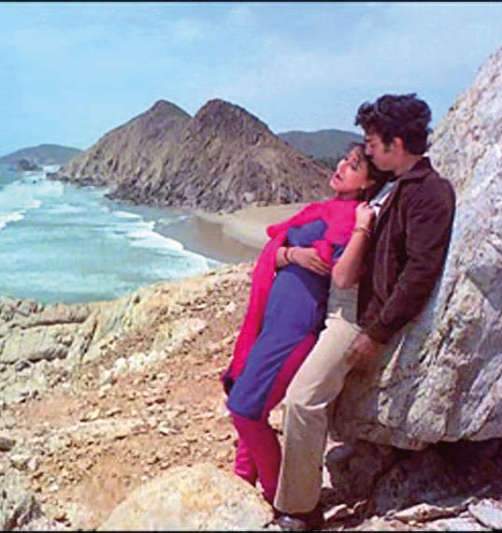
Icons like Kamal Hassan romanced their heroines on these shores; often mistaken for the picturesque locales of Goa, the breathtakingly beautiful Gangavaram beach has been featured in many Indian movies. Located in close vicinity of Visakhapatnam Steel Plant, the beach is lined with huge, shady palm trees and offers gorgeous views of Pitta Konda in the middle of the ocean and the Krishna Temple on the opposite hill. The evergreen romantic composition “Tere mere beech mein” from the famous 1980’s hit movie, “Ek Duje Ke Liye” (Maro Charitra in Telugu released in 1978), starring Kamal Hassan was filmed at this very beach. It’s beautiful surroundings, soft sands, cool breeze and vast coastline had made it a popular destination for Indian film and TV serial makers. That is till ‘progress’ happened. Gangavaram Beach and Pitta Konda are now strictly off-limits to the general public; the Gangavaram Port has taken over. To access this beautiful coastline, one needs special permission from Visakhapatnam Steel Plant and Gangavaram Port.
#2 The vanishing clock tower
An integral part of the memory lane in Vizag is the Kurupam market, the oldest market place in the city, was once defined by a huge Tudor arch opening with a clock above it. The structure had a pitched roof, wooden rafters, king post trusses, pot tiles and towers on either side. The towers were beautifully corniced all-around at three different levels, which finally end up with a dome and crowned with a kalasha at the top. A staircase allowed access to the clock and bell which were manufactured by the Gillett and Johnson Company. The market was donated by Raja Vyricherla Veerabhadra Raju of Kurupam to the then Vizagapatam Municipality in September, 1914, to commemorate the coronation of King Edward VII. And then one ‘fine’ morning in November 2013, rubble remained where this grand structure stood. The famed gateway was unceremoniously brought down overnight by the GVMC, supposedly to facilitate restoration of the market. The clock tower that stood for almost a hundred years since 1914, faced a sad demise just a year short of its century.
#3 A teacher’s home, no more
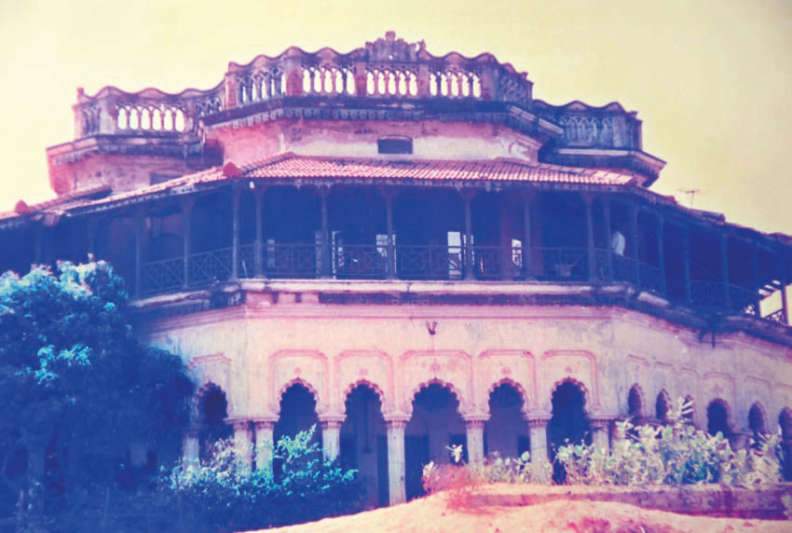
It was about a decade ago on June 7, 2004 that Vizag lost one of its beautiful heritage landmarks. The building, opposite the Grand Bay Hotel, bearing door no. 15-1-37 in Ward No. 19 was officially named ‘Panchavati’, but was popularly known as the round building of Dr. S. Radhakrishnan. It was a beautiful arched building constructed by the royal family of Bobbili, with its own unique architectural style. The building offered a fantastic view of the sea on one side and the dense vegetation of Daspalla hills on the other. In addition to its antiquity and individuality, the building was host to prominent people. Dr. S. Radhakrishnan, the then Vice-Chancellor of Andhra University who later went on to become the President of India, was a resident in 1936. The Nobel Laureate, Rabindranath Tagore, stayed here between 1933-35 and composed several poems and articles which featured in his book ‘The Man’. The prestigious edifice was in fact listed as a heritage building with a formal notification due, when a real-estate builder demolished it overnight.
#4 Sandy stretches shrinking
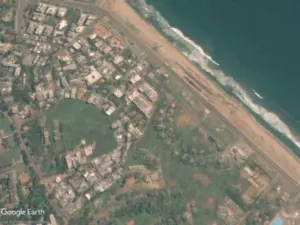
“We had to walk quite a distance on the pristine sand before we could reach the waters, but these days, it is hardly few feet away…” Ask any old-timer, who’d take you down memory lane in Vizag and you will get a similar response; fact is, Vizag’s beaches are shrinking. With each passing year, Vizag is inching closer to losing its famed beaches. According to experts, more than 10 percent of the 100 km coastline has been claimed by the sea and this includes the Ramakrishna beach in the heart of the city. Major stretches of Ramakrishna, Rishikonda and Bheemili beaches have been undercut by erosion. The reasons cited are many – global warming, unbridled sand mining, construction in the name of tourism and the destruction of mangroves and salt pans. The recent and horrifying incident was the severe erosion near the Submarine Museum. Are the beaches of Vizag doomed or will the oceanographers and scientists come forth with a miraculous solution?
#5 Highly prized ‘Vizagapatam ware’
Ever heard of an intricate art named after our city? Well, in the early 18th century, ‘Vizagapatam Ware’ were highly coveted, made-to-order specialised pieces of art that adorned the homes of the ultra-rich and powerful like the Indian Royalty and officials of the East India Company. Back then, Vizagapatam in India was a leading centre for small boxes and customised furniture made with sandalwood or rosewood elaborately inlaid with ivory and other exotic materials like horn, porcupine quills and silver. This art has now perished, with only preserved pieces in rich traditional homes bearing testament to its finesse. Its demise was a direct result of the ban on trade in sandalwood and ivory, coupled with the highly intricate, expensive and tedious process of designing these pieces. Today these rare boxes and furniture pieces are auctioned at exorbitant prices around the world as ‘Anglo-Indian Vizagapatam ware’ or even mistakenly as ‘sadeli ware’ (a similar style of work with a Persian influence from Bombay).
#6 Shifting stations!
The first railway station constructed in our city was waaaaay back in 1894; the first train from Visakhapatnam started in October, 1894. The railway station was situated at One Town, near the Old post office, behind Laxmi talkies. The original city grew around it. And as the city spread further, it was relocated. As recently as 1968 it was shifted to its present location and was called Waltair railway station. It was in 1987 that Late DV Subbarao, the then Mayor of Visakhapatnam, had the name officially changed to Visakhapatnam.
#7 Cinema history and Vizag
Eenadu was launched in Visakhapatnam in 1974 by Ramoji Rao, but ironically, the site where this iconic paper was published and printed till recently, has an interesting history. The building, which for many decades housed the Telugu daily Eenadu at Seethammadhara, was a cinema company once upon a time. Andhra’s first film studio ‘Andhra Cinetone’ was set up in that very location by Gottumukkala Jagannatha Raju in 1936. It produced and released two talkies – Bhakta Jayadev and Pashupatastram. Isn’t it uncanny that the owner of Eenadu, Cherukuri Ramoji Rao, went on to become a leading film producer and owner of the mega film production facility, Ramoji Film City?
#8 The grim dreary walls no more!
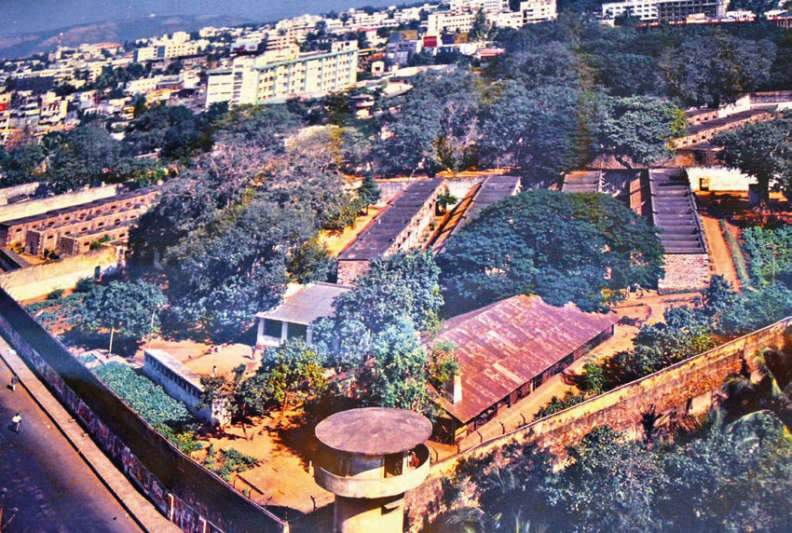
For a long time, there was a huge stone wall dominating the centre of the city – the walls of the Central Prison, smack in the centre of Vizag next to the RTC complex. There were stories of terrorists, murderers, and hardened criminals holed up within. Tall with barbed wire on top, the wall was a grim reminder of the ‘good’ and ‘bad’ in society. But about a decade ago, this 100-year-old wall was brought down and an abundance of verdant green was revealed! The Central Jail was shifted out of the city centre to the outskirts, leaving behind a beautiful green park. Now complete with a walking/jogging path, one actually gets to walk amongst trees that are 100 years old.


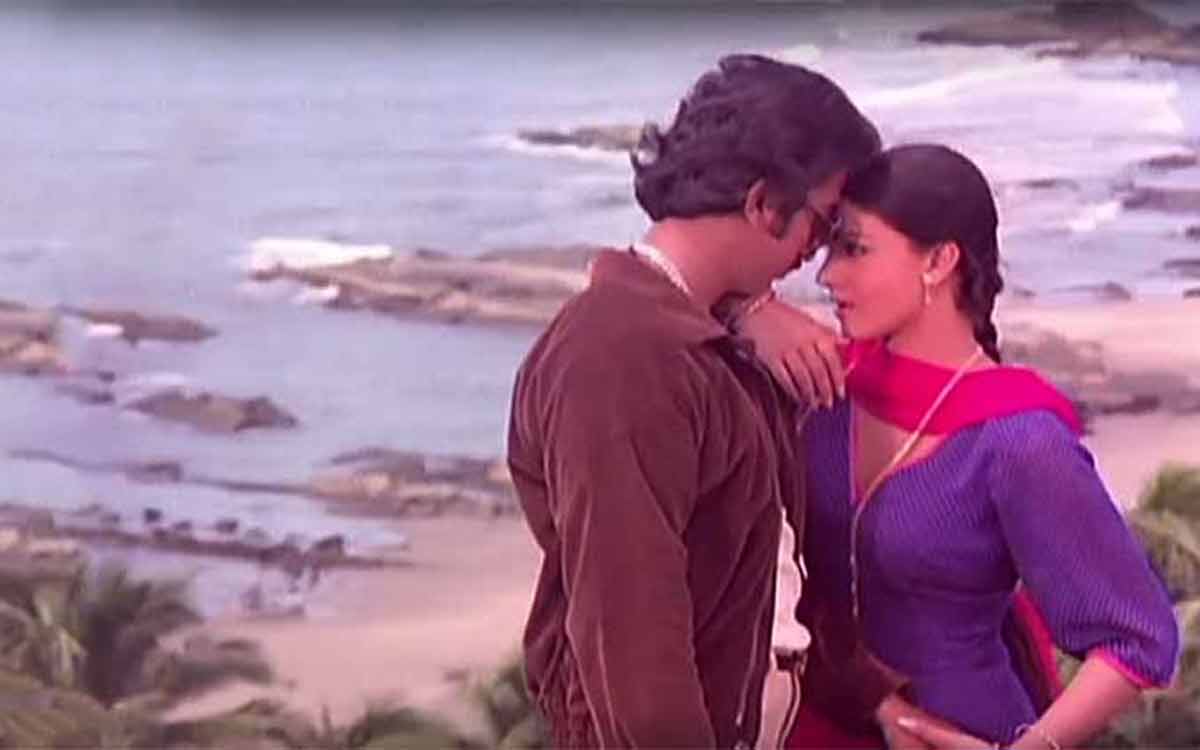







Discussion about this post